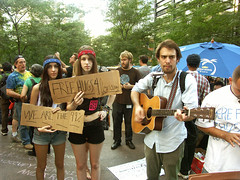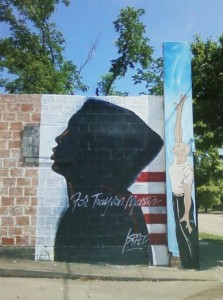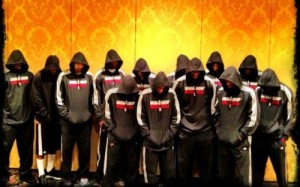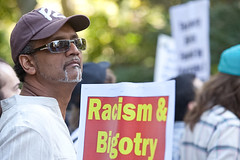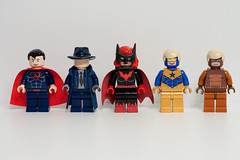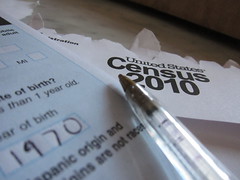 During the 2012 election, immigration was not nearly as big of an issue as it has been in previous elections. In the newest TSP Roundtable, leading scholars of immigration address why this might be the case and, more broadly, why immigration has long been a divisive political issue in the United States. This is a great reading for any number of sociology classes. A few questions for students to ponder after the reading include:
During the 2012 election, immigration was not nearly as big of an issue as it has been in previous elections. In the newest TSP Roundtable, leading scholars of immigration address why this might be the case and, more broadly, why immigration has long been a divisive political issue in the United States. This is a great reading for any number of sociology classes. A few questions for students to ponder after the reading include:
1) How has immigration to the U.S. changed over time?
2) According to Massey, when did the most recent cycle of xenophobia start, and why?
3) How do immigration and race intersect?
The quiz, How Much Do You Know about U.S. Immigration, would also be a nice complement, though some of the figures may need to be updated slightly.

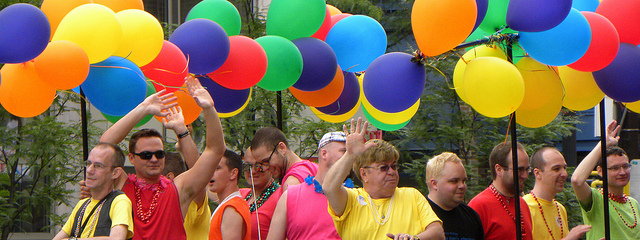 With a marriage amendment looming in Minnesota, I decided to spend a day on this issue in my Sociology of Families class. I wanted to present both sides of the issue without having to do it myself–because I could have hardly been neutral on the subject–so I had the students read short commentaries on the subject in class and evaluate the persuasiveness of the arguments.
With a marriage amendment looming in Minnesota, I decided to spend a day on this issue in my Sociology of Families class. I wanted to present both sides of the issue without having to do it myself–because I could have hardly been neutral on the subject–so I had the students read short commentaries on the subject in class and evaluate the persuasiveness of the arguments.
